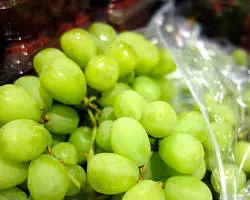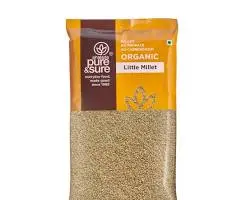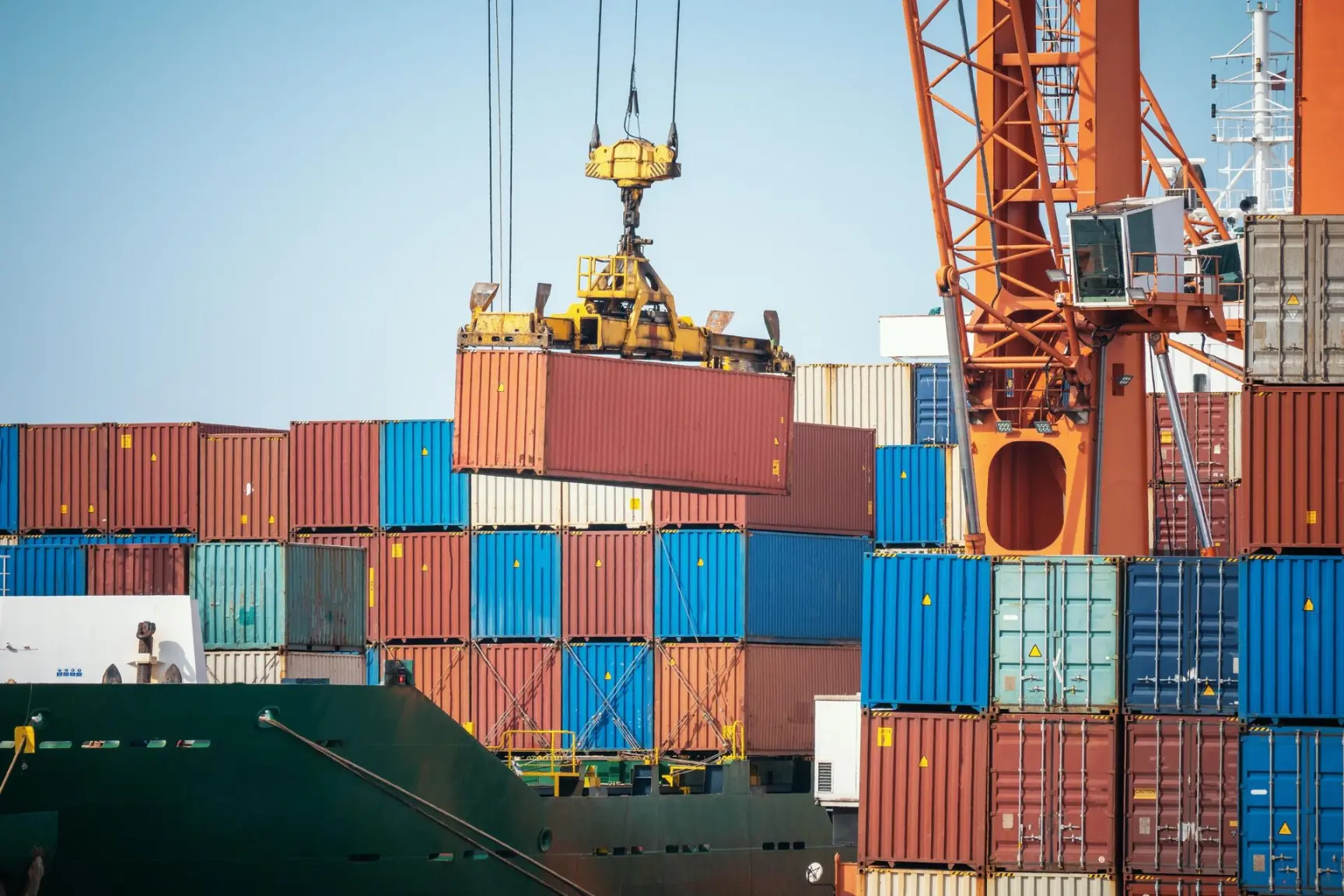The European Union represents one of the most lucrative and sophisticated food markets in the world. For Indian entrepreneurs, it’s a golden opportunity: a massive, wealthy consumer base with a growing appetite for diverse, high-quality, and healthy agricultural products.
But the EU market is also one of the most demanding. It's a market that values quality, traceability, and sustainability above all else. Success isn't just about shipping a container; it's about navigating a complex web of regulations, certifications, and consumer expectations.
This guide dives deep into three of India's top agricultural exports to the EU, detailing not just what is being exported, but how to do it successfully.
1. Table Grapes: India's Cold-Chain Champions
Why It's a Top Export: Indian table grapes are a massive success story. India is a key supplier to Europe, filling a crucial market window between January and April when European and Southern Hemisphere supplies are low. The Netherlands (a major European hub), the UK, and Germany are the biggest importers.

How to Export Grapes to the EU: The "GrapeNet" System
Exporting grapes to the EU is a masterclass in traceability and cold-chain management. It's so regulated that APEDA (Agricultural and Processed Food Products Export Development Authority) has a dedicated system called GrapeNet.
Mandatory Registration: The process begins before the seeds are even sown. Every single farm, plot, and packhouse intending to export to the EU must be registered on APEDA’s GrapeNet portal.
Traceability is Key: This system ensures 100% "farm-to-shelf" traceability. Every bunch of grapes can be traced back to the specific plot it was grown on.
MRLs (Maximum Residue Levels): This is the single biggest challenge. The EU has extremely strict, and often zero-tolerance, limits on pesticide residues.
Farmers must follow an APEDA-approved spray schedule.
Grapes are repeatedly tested in NABL-accredited labs for over 200 chemical residues. Any failure means the plot is disqualified.
Cold Chain Management: Grapes are highly perishable.
Pre-Cooling: After harvesting, grapes must be pre-cooled within hours to remove field heat.
Packhouse: They are then graded, packed (often in perforated pouches), and palletized in certified packhouses.
Reefer Containers: The grapes are shipped in refrigerated "reefer" containers set at a precise 0.5°C to 1.5°C, a journey that can take 20-25 days.
Certifications: While not always mandatory, buyers will almost always demand GLOBALG.A.P. certification. This is a private B2B standard that covers food safety, sustainability, and worker welfare.
The Market Nuance: Success in the grape market is not about just growing grapes. It's about being a high-tech logistics and compliance manager. Your biggest risks are MRL rejections at an EU port or a break in the cold chain.
2. Spices (Turmeric & Black Pepper): India's "Superfood" Staples
Why They Are Top Exports: Spices are India's timeless export. But in the EU, the demand has a new life. It's driven by the "superfood" and wellness trend (especially for turmeric) and the foodie demand for high-quality, traceable single-origin spices (like black pepper).

How to Export Spices to the EU: The Contaminant Challenge
The EU market for spices is a high-risk, high-reward game. The primary concerns are not with the spice itself, but with unseen contaminants.
Mandatory Registration: You must be registered with the Spices Board of India, which oversees quality and certification.
The "Big 3" Risks: EU customs will test every consignment, and they are looking for:
Aflatoxins: These are toxic compounds produced by molds, a common problem for turmeric, ginger, and chilies grown in humid conditions. The EU's limits are among the strictest in the world.
Pesticide Residues: Just like with grapes, MRLs are a major hurdle.
Microbiological Contamination: Salmonella is a zero-tolerance contaminant. A single positive test can get your entire shipment rejected and your company red-listed.
Value Addition is Key: The real money is in value-added products.
Steam Sterilization: To combat microbiological risks, many EU buyers demand that spices (especially ground pepper) be steam-sterilized. This kills bacteria without using chemicals.
Ground & Packaged: Exporting consumer-ready, retail-packed spices captures a much higher margin than selling bulk, raw turmeric fingers.
Documentation: You will need a Certificate of Analysis (COA) from a NABL lab for every batch, testing for the "Big 3" (aflatoxins, pesticides, microbials).
The Market Nuance: For spices, trust is your product. EU buyers need to know your supply chain is clean and tested. Invest heavily in lab testing, quality control, and (if possible) steam sterilization technology.
3. Organic Products (Oilseeds, Cereals, Millets)
Why It's a Top Export: This is the fastest-growing and most valuable category. The EU is one of the world's largest markets for organic food, and its local supply cannot meet the exploding demand. Indian organic products—especially oilseeds (soybean, sesame), oilcakes (for organic animal feed), cereals, and now millets—are in high demand.

How to Export Organic Products to the EU: The Certification Game
Exporting organic products is 100% about one thing: authentic, verifiable certification.
The NPOP Standard: India's organic standard is the National Programme for Organic Production (NPOP). The great news is that the EU recognizes the NPOP standard as equivalent to its own for unprocessed plant products. This is a massive advantage.
Certification Bodies: You cannot "self-declare" as organic. Your entire supply chain—from the farm to the processor to your export office—must be audited and certified by an APEDA-accredited Certification Body.
Traceability (TraceNet): APEDA manages an online traceability system called TraceNet. Every single organic product exported from India must have a "Transaction Certificate" (TC) issued through this system. This certificate follows the product from the farmer to the EU port, ensuring the product is authentically organic.
No Contamination: The product must be 100% free of any prohibited substances (pesticides, GMOs). Even accidental "drift" from a neighboring conventional farm can cause your product to lose its organic status. This requires strict separation during storage, transport, and processing.
The Market Nuance: The EU market has faced issues with fraudulent "organic" products from various countries, including India. As a result, trust is low and scrutiny is at an all-time high. A successful organic exporter is one who can provide a crystal-clear, auditable paper trail for their entire supply chain. Your certification is not just a document; it's your entire business model.

Conclusion: The Golden Thread
The three most successful agricultural exports to Europe—grapes, spices, and organics—all share a common thread. Success is no longer defined by the product alone, but by the data, traceability, and certification that travel with it.
The EU market is not for casual exporters. It demands professionalism, heavy investment in quality control, and a deep understanding of compliance. For those who are willing to meet these high standards, the rewards are unmatched.